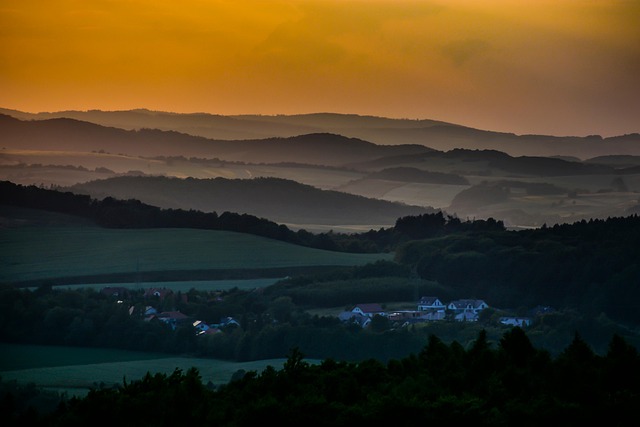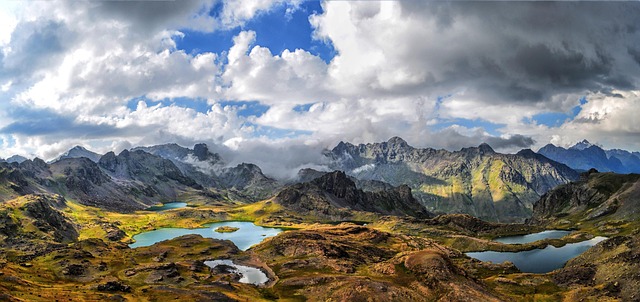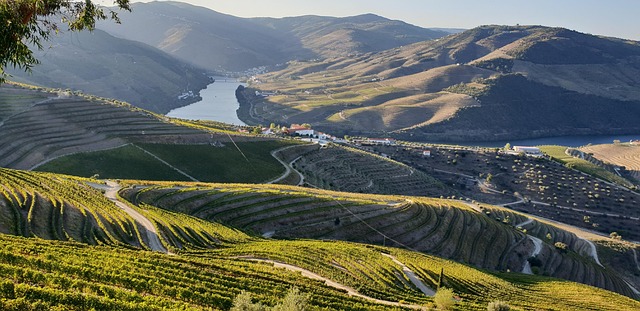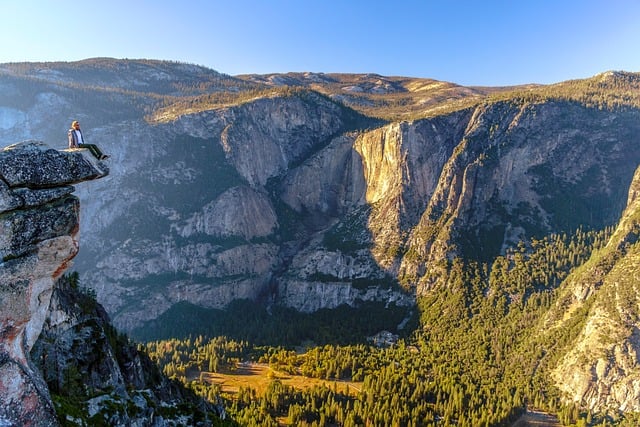Family parks and community centers are essential for urban well-being, offering social connections, physical activities, and education. Integrating or revitalizing these spaces boosts neighborhood appeal, attracts families and businesses, and increases property values in real estate terms. As a focal point, they promote intergenerational bonding, strengthening the community fabric. Recent trends transform underutilized urban areas into vibrant family-centric parks, mixed-use developments that enhance livability, desirability, and sustainability.
Family parks and community centers play a vital role in shaping vibrant neighborhoods, acting as central hubs for social interaction and development. This article explores their significance in community building, delving into how these green spaces and recreational facilities foster connections among residents of all ages. We also analyze emerging real estate trends that are transforming these essential community assets, highlighting the investments and innovations driving their growth and sustainability.
The Role of Family Parks in Community Development

Family parks and community centers play a pivotal role in fostering community development, especially within urban areas where real estate is premium. These spaces serve as gathering places that bring people together, promoting social cohesion and a sense of belonging. In today’s fast-paced world, where schedules are packed and connections can feel fleeting, such parks offer a respite, encouraging residents to interact and build relationships.
Moreover, family parks contribute significantly to the well-being of communities. They provide opportunities for physical activity, outdoor exploration, and education, often featuring playgrounds, walking trails, and community gardens. These amenities not only enhance the quality of life but also encourage healthy lifestyles, especially among children. In terms of real estate development, integrating or revitalizing parks and community centers can attract families and businesses alike, leading to vibrant neighborhood growth and increased property values.
Community Centers: Spaces that Foster Connections

Community centers, a cornerstone in many neighborhoods, serve as vibrant hubs where connections are fostered and communities thrive. These spaces transcend mere gathering places; they’re catalysts for social interaction, cultural exchange, and shared experiences. In today’s fast-paced world, where real estate often prioritizes individual homes over communal areas, community centers play a pivotal role in bringing people together.
Whether hosting classes, events, or simply offering a place to relax, these centers create a sense of belonging and strengthen the social fabric. They cater to all ages, from children engaging in after-school activities to seniors enjoying social clubs, reinforcing intergenerational bonds that are essential for a thriving community. This aspect of real estate—the creation and maintenance of communal spaces—is invaluable, fostering an environment where residents connect, support each other, and build lasting relationships.
Real Estate Trends Shaping These Hubs

In recent years, a significant trend in urban development has been the transformation of underutilized spaces into vibrant family-centric parks and community centers. This shift is driven largely by changing demographics and a growing recognition of the importance of accessible public spaces for fostering community engagement and well-being. Real Estate plays a pivotal role in this metamorphosis, as developers and local governments collaborate to repurpose former industrial sites, vacant lots, or neglected public areas into thriving hubs of activity.
The integration of residential, commercial, and recreational spaces is a key aspect of these real estate trends, creating mixed-use developments that cater to diverse needs. Parks and community centers become not just green oases but also social epicenters, enhancing the livability and desirability of surrounding neighborhoods. This multifaceted approach not only revitalizes urban landscapes but also contributes to more sustainable communities by encouraging walkability, reducing car dependency, and fostering a sense of belonging among residents.






